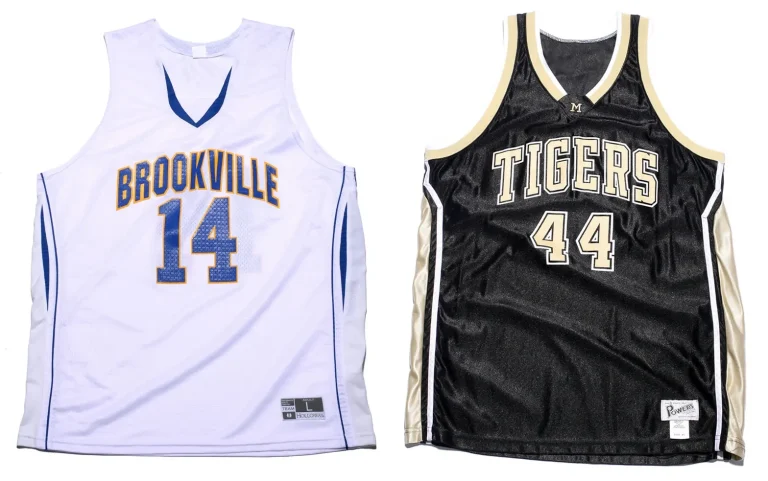INTERPRETERS CORNER
IAABO Board 168 Interpreter gives his insight on plays. Please "Ask the Question" below if you have any questions regarding rules and philosophy about the game.
Resources that Service You
Some of the available Forms and Documents that will assist you in your officiating.
NJSIAA Officials Handbook
The NJSIAA provides the Officials Handbook for the benefit of all officials and member schools in our state.
This handbook serves as a reminder to officials of their responsibilities to the student athletes and member schools and, in turn, the schools' responsibility to officials.
2023-24 NFHS / NJSIAA Basketball Rule Changes & Modifications
2023-2024 – Summary of Uniforms, Equipment and Apparel Items, Rule changes and more.
2023 - 2024 NFHS Rules Changes
The NFHS has adopted several rules changes concerning hair adornments, religious items, and jewelry across multiple sports for the upcoming 2023-2024 school year
2023-24
BASKETBALL RULES CHANGES
2-1-3 NOTE (NEW): Requires the shot clock operator to sit at the scorer’s and timer’s table, if using a shot clock.
Rationale: Establishes the placement of the shot clock operator for those states utilizing the shot clock and the growing use of video boards that allow tablet control from anywhere in the gym.
3-4-5: Requires uniform bottoms on teammates to be like-colored while allowing different styles of uniform bottoms among teammates.
Rationale: Clarifies that teammates must all wear like-colored uniform bottoms but may wear multiple styles while aligning language with other NFHS rules codes.
3-5-6: Allows undershirts worn under visiting team jerseys to be black or a single solid color similar to the torso of the jersey. All teammates wearing undershirts must wear the same solid color.
Rationale: Allows schools with hard-to-find colors to wear black under visiting team jerseys while continuing to require all team members to match.
4-8-1: Eliminates the one-and-one for common fouls beginning with the seventh team foul in the half and establishes the bonus as two free throws awarded for a common foul beginning with the team’s fifth foul in each quarter and resets the fouls at the end of each quarter.
Rationale: Improves flow by providing an opportunity for teams to adjust their play by not carrying over fouls from quarters 1 and 3 to quarters 2 and 4 while significantly reducing the opportunity for correctable errors to occur. Minimizes risk of injury by eliminating the one-and-one and reducing opportunities for rough play during rebounding opportunities.
7-5-2 thru 4: Establishes four throw-in spots (the nearest 28-foot mark along each sideline or the nearest spot 3-feet outside the lane line on the end line) when a team gains or retains possession in their frontcourt after the opponent commits a violation, a common foul prior to the bonus, or the ball becomes dead (i.e. inadvertent whistle or a held ball).
Rationale: Simplifies throw-in procedure when a team gains or retains possession for situations other than an out-of-bounds throw-in.
7-6-6: Allows the official administering a throw-in to the wrong team to correct the mistake before the first dead ball after the ball becomes live unless there is a change of possession.
Rationale: Allows for a correction of an official's mistake in a more reasonable timeframe.
9-3-3: Establishes that a player may step out of bounds without penalty unless they are the first player to touch the ball after returning to the court or if they left the court to avoid a violation.
Rationale: Allows a player to step out of bounds if they gain no advantage and penalizes a team only if they gain an advantage by leaving the court and returning to avoid a violation or to be the first to touch the ball.

You can find the 2023-24 Rule Changes and Point of Emphasis HERE
You can find the 2023-24 Rule Changes and Point of Emphasis HERE

© Copyright 2022-2023 North Jersey Board of Approved Basketball Officials. All rights reserved.
We need your consent to load the translations
We use a third-party service to translate the website content that may collect data about your activity. Please review the details and accept the service to view the translations.


